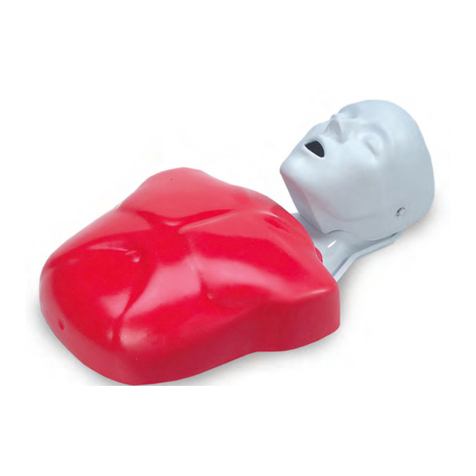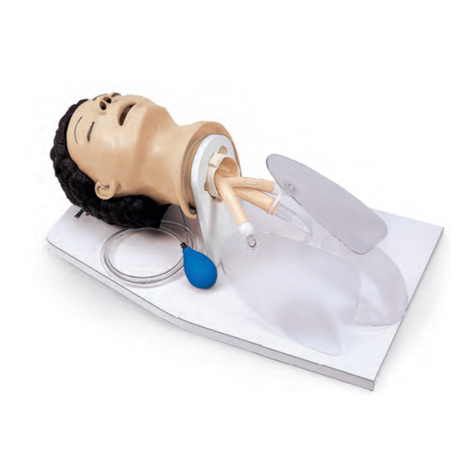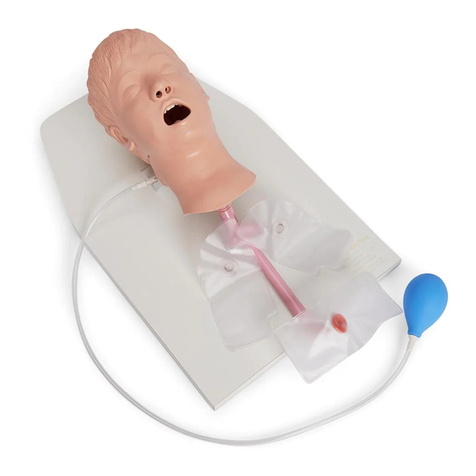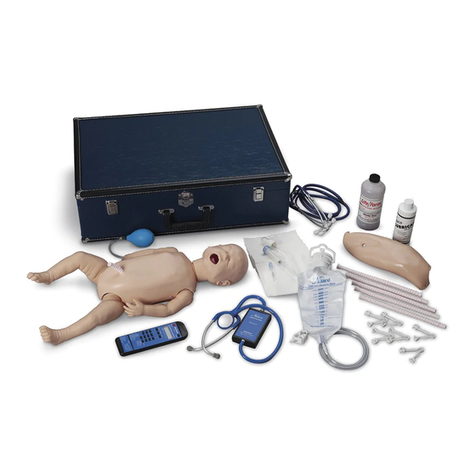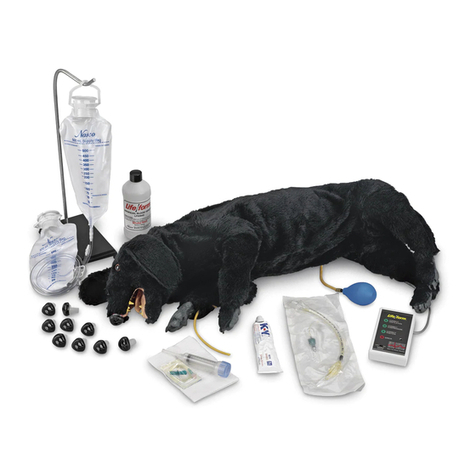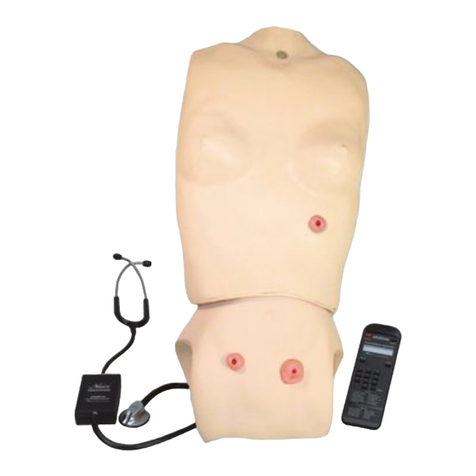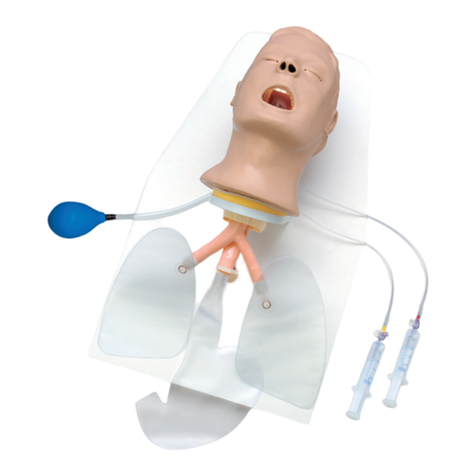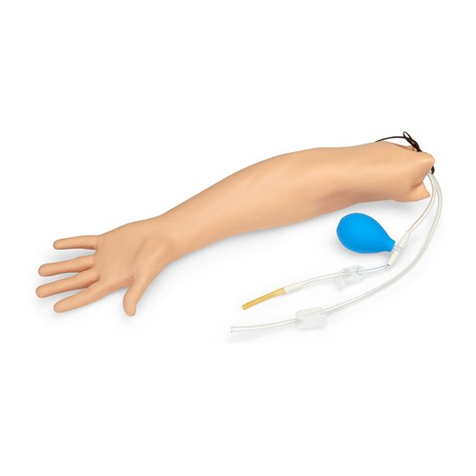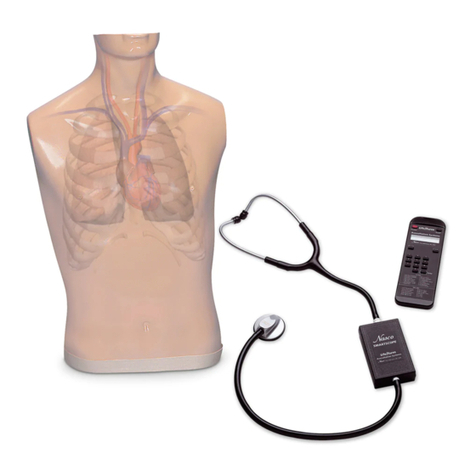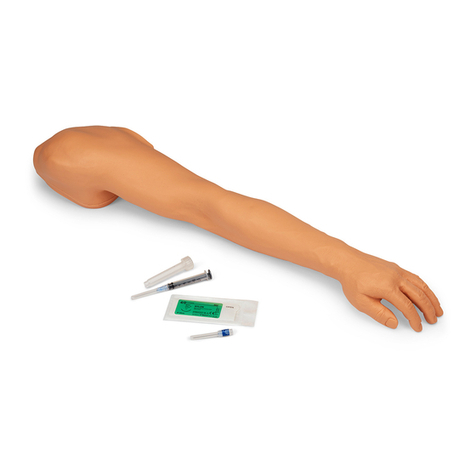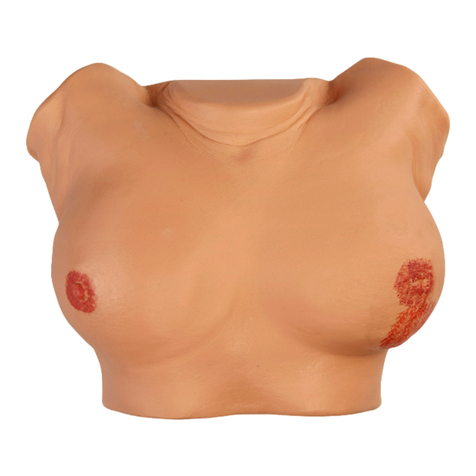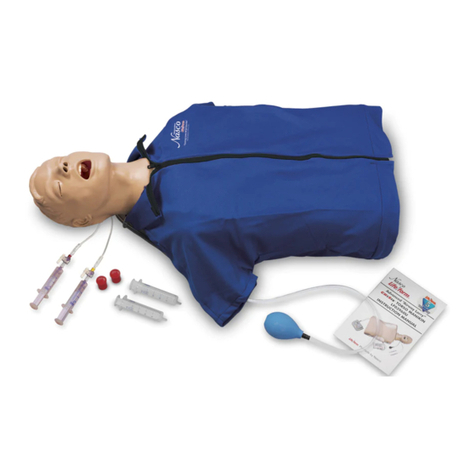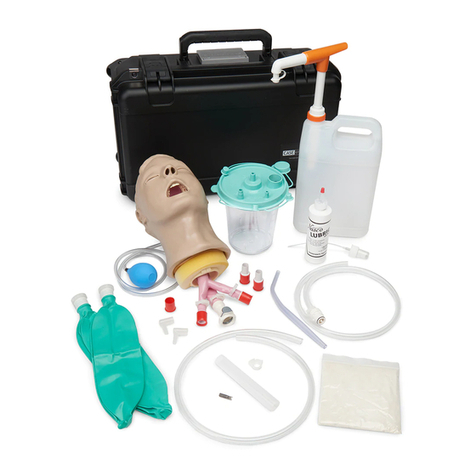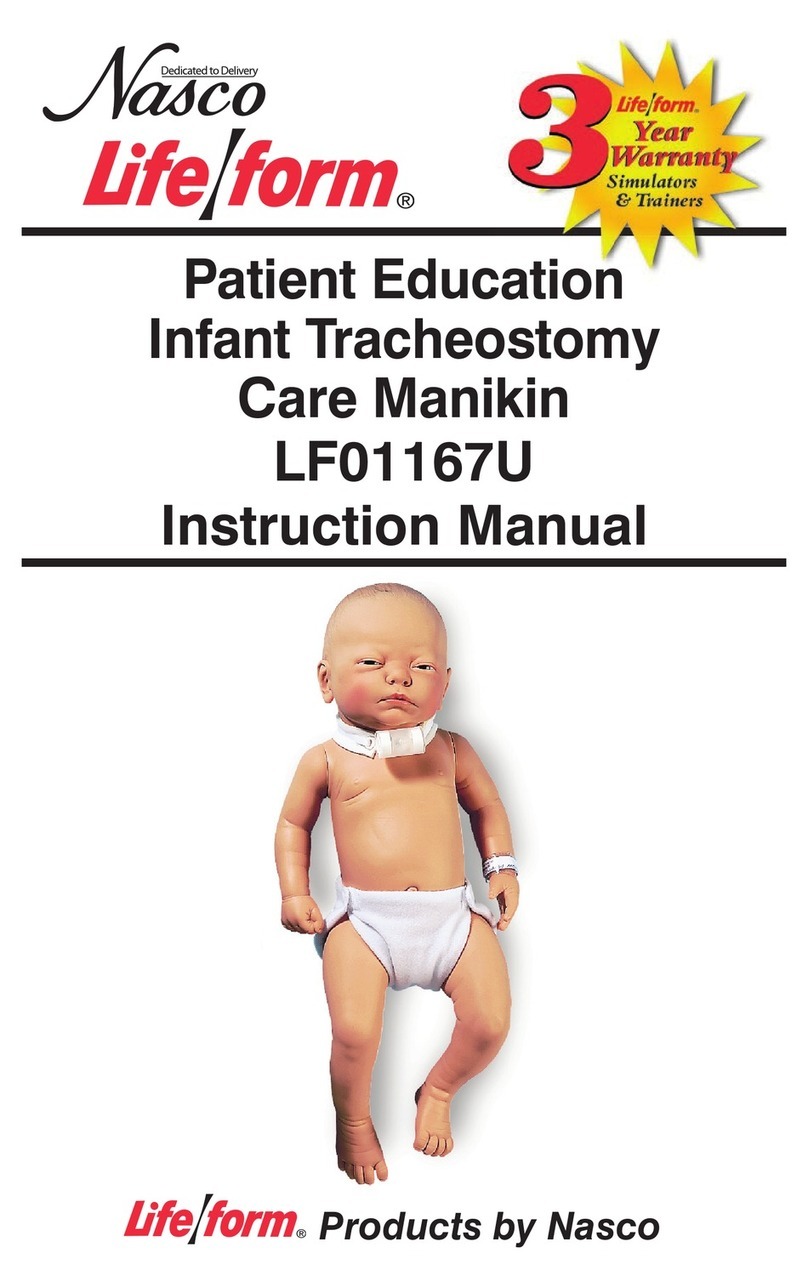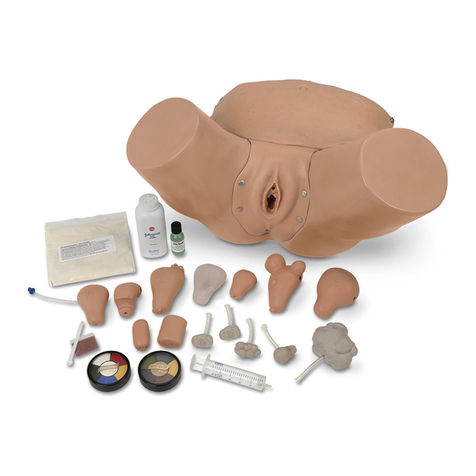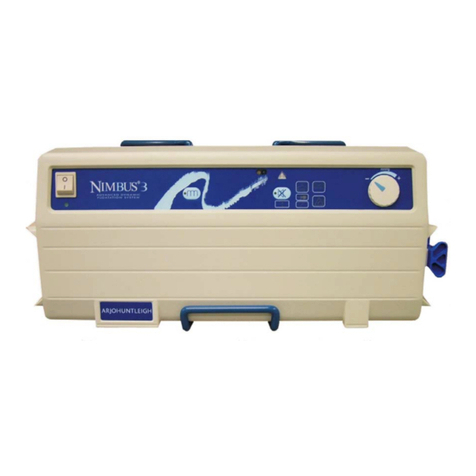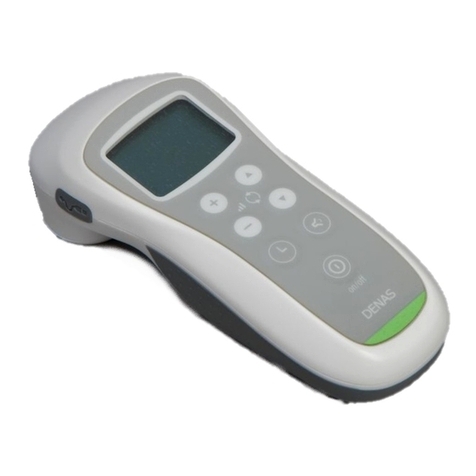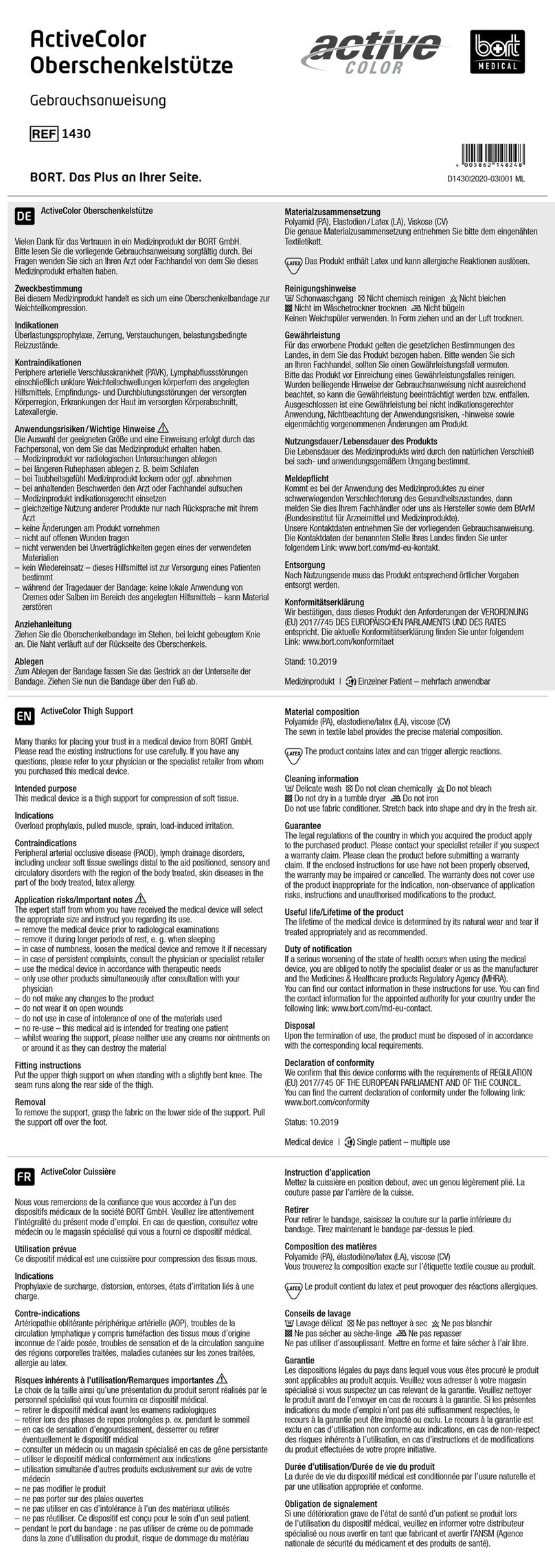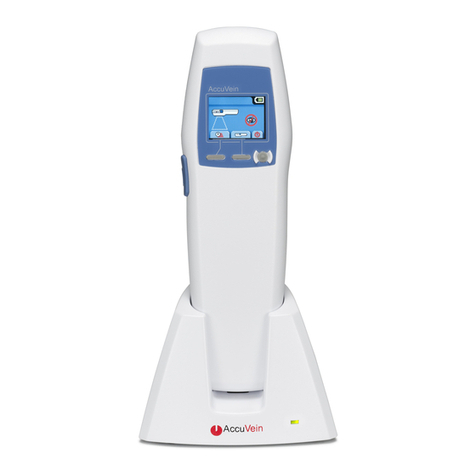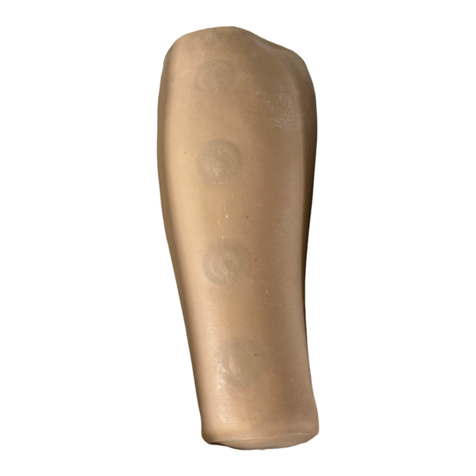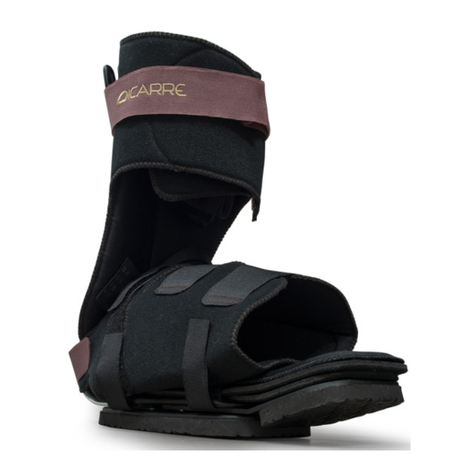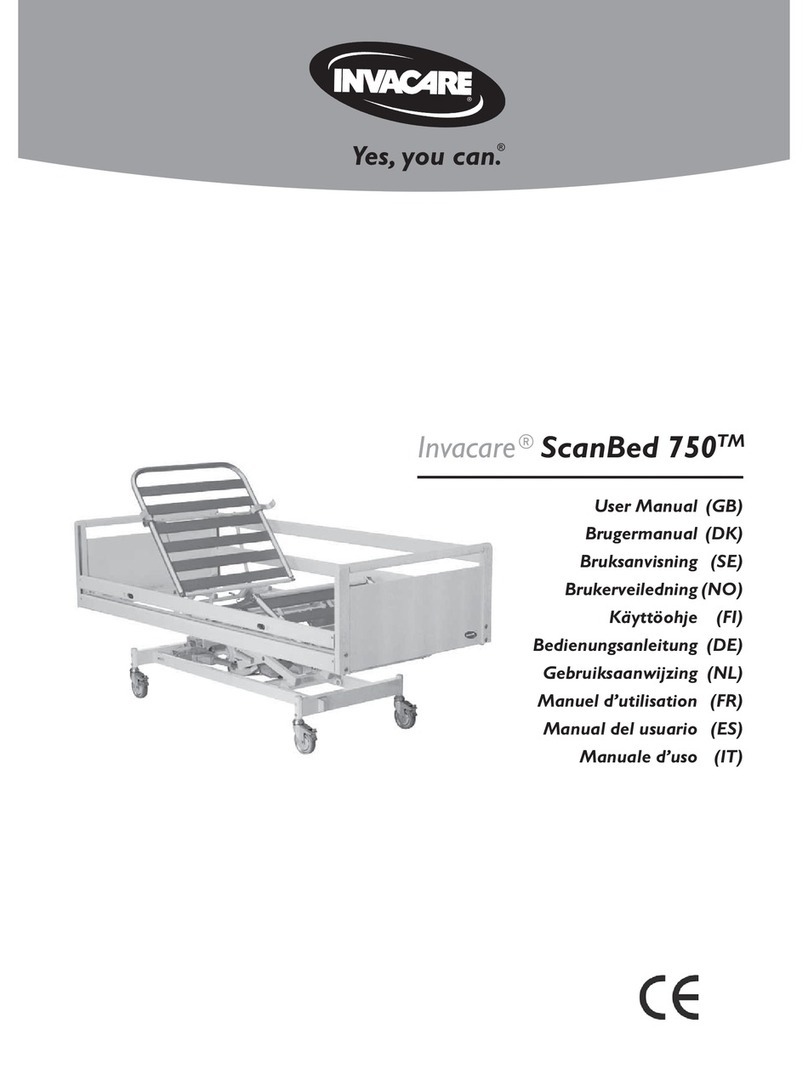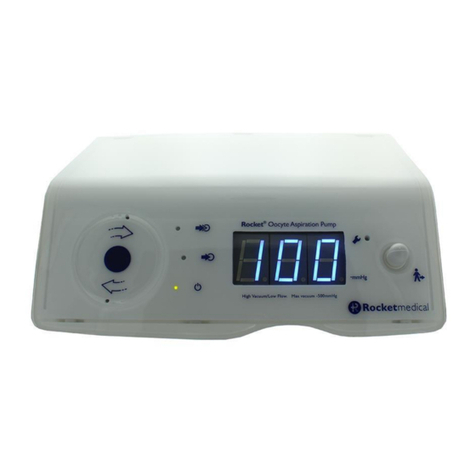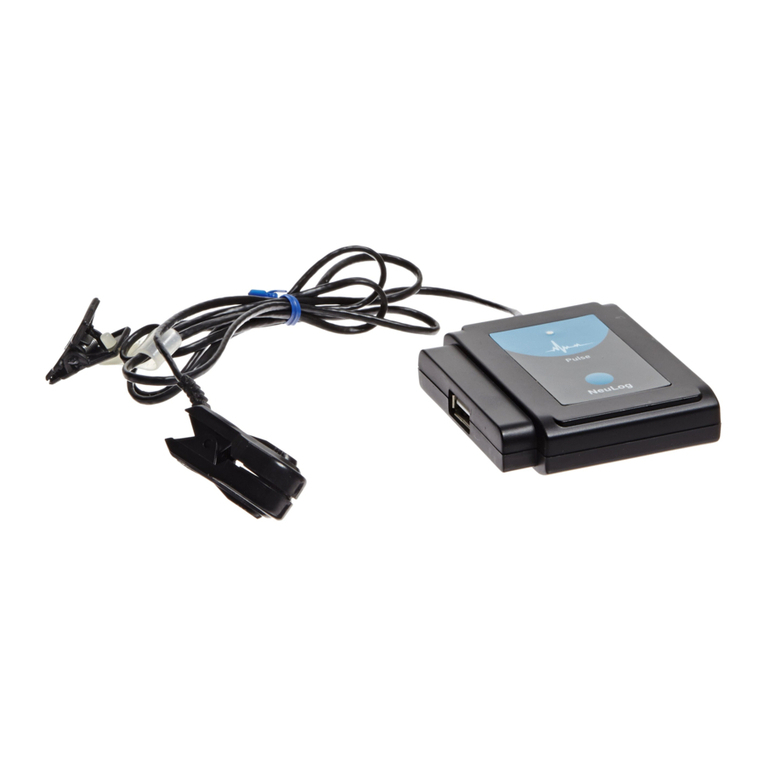Melanoma:
• Melanoma is the most dangerous type of skin cancer. It is the leading cause of death from skin cancer.
•
Can spread rapidly. Is most common form of cancer found in Caucasians. In skin of color, melanoma is often developed on the sole of the foot.
• It is usually flat and irregular in shape and color, with varying shades of black and brown. It may occur at any age or body site.
• Four major types of melanoma: Superficial is the most common type of melanoma. It is flat and irregular in shape and color, with varying
shades of black and brown. Nodular starts as a raised area, bluish-black and bluish-red. Lentigo usually occurs in the elderly. Most com-
mon, usually large, flat tan with intermixed areas of brown. Acral is the least common form of melanoma, mostly found in African Ameri-
cans. It usually occurs on the palms, soles, or under the nails. Warning signs of Acral and other skin cancers in skin of color include bruise
or sore that does not heal, stripe beneath nail, mole that is changing, scar (new or changing), flat patch of discolored skin, white patch of
discolored skin, scaly patch with thickened skin and well-defined border, or white patch on tongue or inside mouth.
• A-symmetry B-borders C-color D-diameter E-elevation are symptoms of melanoma.
• Risk factors: family history, red or blond hair and fair skin, multiple birthmarks, development of precancerous sores, freckling, three or more
blistering sunburns before age 20, high levels of exposure to strong sunlight. All nationalities should wear sunscreen.
• Prevention: protect yourself from sunlight’s damaging ultraviolet rays. Wear protective clothing.
Basal Cell Carcinoma:
• Slow growing form of skin cancer; most common skin cancer found in Hispanics.
• Almost never spreads, but if left untreated, it may grow into surrounding areas and nearby tissues and bone.
•
Basal cell may appear as a skin bump or growth that is pearly or waxy, white or light pink, or flesh colored or brown. Some may be flat or rose.
• You may have a sore that bleeds easily, oozing or crusting spots in a sore, appearance of a scar-like sore without having injured an area, a
sore with a depressed (sunken) area in the middle, or irregular blood vessels in or around the spot.
• Prevention: always use sunscreen. Skin exams should not be ignored.
• Examine color, size, texture, and appearance.
Squamous Cell Carcinoma:
• Squamous cell cancer occurs when cells in the skin start to change. The changes may occur in normal skin or in skin that has been injured or
inflamed.
• Squamous cell spreads faster than basal cell, but may be relatively slow growing. The most common cancer found in African Americans.
• Symptoms: the main symptom of squamous cell skin cancer is a growing bump that may have a rough, scaly surface and flat, reddish
patches. The bump is usually located on the face, ears, neck, hand, or arms, but may occur on other areas. A sore that does not heal or any
change in an existing wart or mole or other lesion could be a sign of skin cancer.
• A biopsy and examination of the lesion can confirm whether it is squamous cell cancer.
• Prevention: reduce sun exposure. Wear protective clothing. Examine skin regularly.
• Treatment: depends on how much it has spread. Surgery to remove the tumor is often recommended. Radiation therapy may help reduce
tumor size.
Continued exposure to sunlight can cause damage to skin cells. If the damaged cells do not die or repair themselves, they degenerate and visible skin cancer develops.
The Life/form®skin cancer nursing wounds have been developed to assist with educating health care providers about the various types of skin cancer and what they may
look like. The enlarged samples show a noncancerous mole, Melanoma, Basal Cell Carcinoma, and Squamous Cell Carcinoma.
SKIN CANCER/MOLES — LF00731U
Melanoma
Noncancerous
Mole
Squamous Cell
Carcinoma
Basal Cell
Carcinoma
Note: Cancer samples
are enlarged.
HC190001INM18.indd 5 2/22/19 10:35 AM
